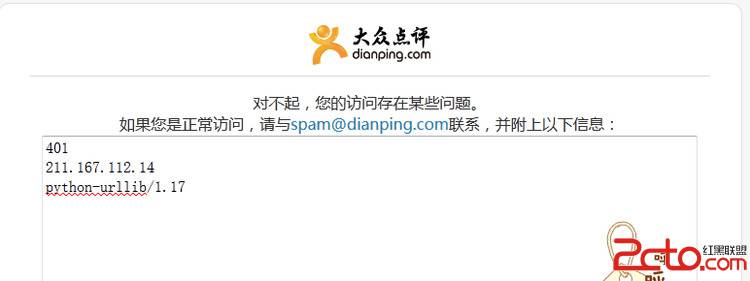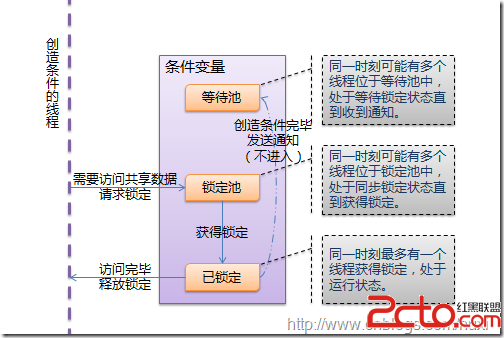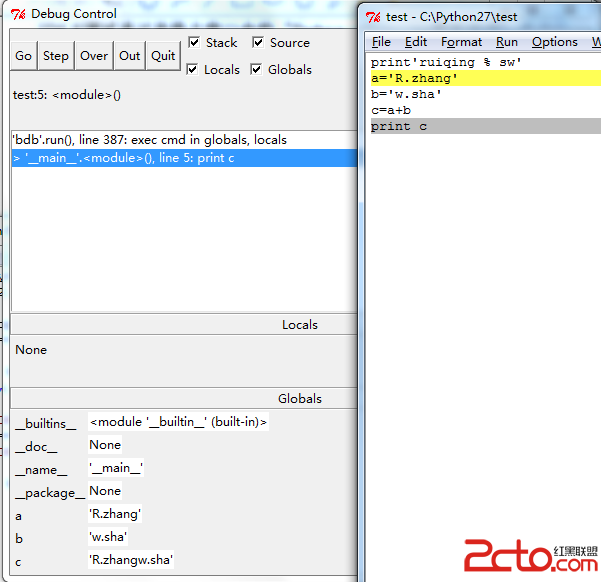python的setup.py文件及其常用命令
编写setup.py文件,获取帮助:python setup.py --help-commands
[python]
Standard commands:
build build everything needed to install
build_py "build" pure Python modules (copy to build directory)
build_ext build C/C++ extensions (compile/link to build directory)
build_clib build C/C++ libraries used by Python extensions
build_scripts "build" scripts (copy and fixup #! line)
clean clean up temporary files from 'build' command
install install everything from build directory
install_lib install all Python modules (extensions and pure Python)
install_headers install C/C++ header files
install_scripts install scripts (Python or otherwise)
install_data install data files
sdist create a source distribution (tarball, zip file, etc.)
register register the distribution with the Python package index
bdist create a built (binary) distribution
bdist_dumb create a "dumb" built distribution
bdist_rpm create an RPM distribution
bdist_wininst create an executable installer for MS Windows
upload upload binary package to PyPI
check perform some checks on the package
Extra commands:
rotate delete older distributions, keeping N newest files
develop install package in 'development mode'
setopt set an option in setup.cfg or another config file
saveopts save supplied options to setup.cfg or other config file
egg_info create a distribution's .egg-info directory
install_egg_info Install an .egg-info directory for the package
alias define a shortcut to invoke one or more commands
easy_install Find/get/install Python packages
bdist_egg create an "egg" distribution
test run unit tests after in-place build
standard commands(标准命令)是distutils内建命令,而Extra commands(附加命令)是像
setuptools这样的第三方包创建的。
命令详解:
1.sdist:用来创建一个源码包,在windows下为zip格式,linux下为tag.gz格式 。
setup.py示例:
from setuptools import setup
setup(name='xxx',version='0.1.1')
打包命令:python setup.py sdist
distutils将浏览包的路径,查找包含在档案中的文件,包括:
1)所有py_modules、packages和scripts选项隐含的python源文件
2)所有在ext_modules选项中列出的C源文件
3)符合test/test*.py模式的文件
4)README、README.txt、setup.py和setup.cfg文件
如果需要包含更多文件,那么可以使用MANIFEST.in文件模版,示例如下:
include xx.txt
include yy/xx.txt
....
2.bdist_egg:用来创建一个二进制分发版本,经常用来替代基于bdist生成的模式
3.install:安装包到python中。另外,他还可能会安装在setup.py中的install_requires定义的
相关模块,例如:
install_requires=['...','...']
删除一个包:1)删除这个包所创建的文件,2)删除在site-packages文件夹easy-install.pth文
件中列举的所有引用。 www.zzzyk.com
4.develop:编译并且在适当的位置安装包,然后添加一个简单的链接到python site-packages文
件夹中,可以使用显式的-u选项删除包,例如:
python setup.py develop
python setup.py develop -u
使用该方式比其他方式安装包更好一些
5.创建一个新命令:这是由setuptools引入的,是一种将包定义为插件的简单方法,示例:
...entry_points='''
[distutils.commands]
my_command=my.command.module.Class
补充:Web开发 , Python ,




